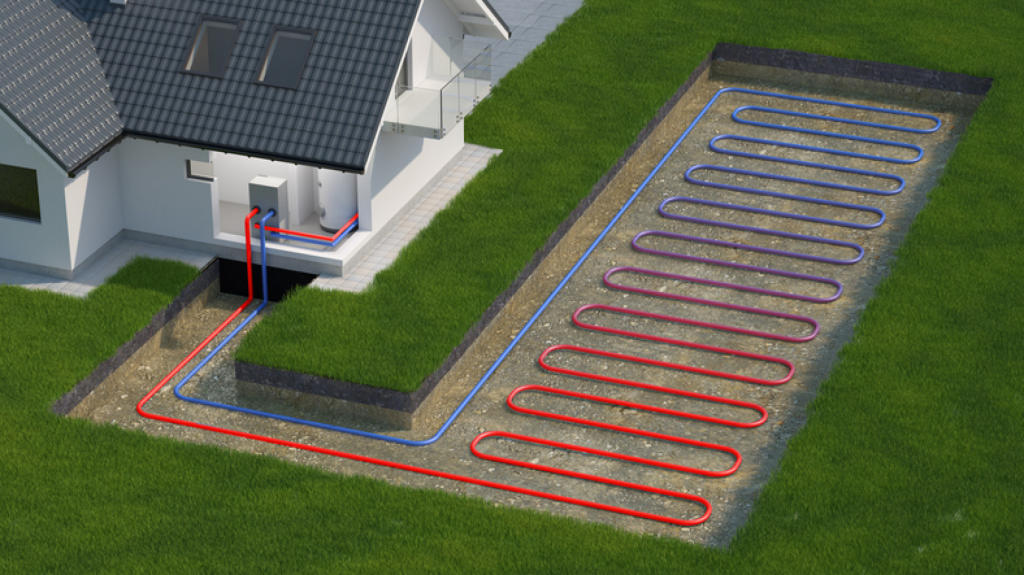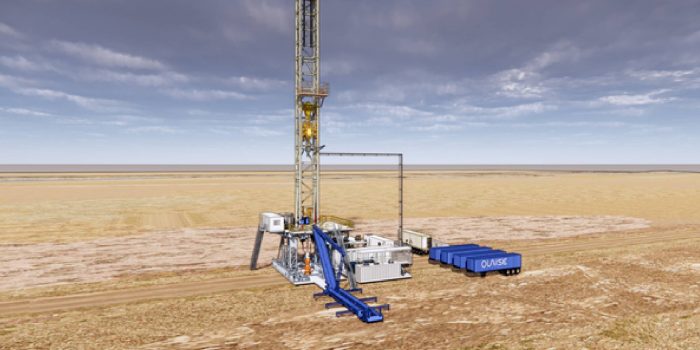Fossil fuels are a leading cause of hazardous emissions and companies all around the globe are finding ways to cut down their production of greenhouse gases.
One of the solutions is geothermal, said Matt Houde, co-founder and project manager at Quaise Energy, according to a press release published last Thursday.
“The total energy content of the heat stored underground exceeds our annual energy demand as a planet by a factor of a billion. So tapping into a fraction of that is more than enough to meet our energy needs for the foreseeable future,” said Houde.

“If we can get to ten miles down, we can start to find economic temperatures everywhere. And if we go even deeper, we can get to temperatures where water [pumped to the site] becomes supercritical,” a steam-like phase that will allow “a step change improvement in the power production per well and so cheapen the cost of energy,” Houde said.
The deepest hole dug so far is the Kola borehole which is 7.6 miles deep and took 20 years to complete through conventional equipment like a mechanical drill.
“And the truth is, we’ll need hundreds if not thousands of Kola boreholes if we want to scale geothermal to the capacity that’s needed,” Houde said.
Enter Quaise, which “is developing technology to blast rock with microwaves to potentially drill the deepest holes on Earth. And no, I’m not stealing a plot device from Star Trek. This technology is real and has been proven in [an MIT] lab,” said Houde.
Geothermal is available 24/7, which “can help balance out the intermittent flows of wind and [solar],” added Houde. Deep geothermal plants will also have a “minimal surface footprint,” meaning they won’t require much land.

Finally, Houde said, geothermal is “the perfect energy source to take advantage of the largest workforce in the world, the oil and gas industry.”
Houde has far-reaching plans for his new technology. “Our current plan is to drill the first holes in the field in the next few years,” Houde said. “And while we continue to advance the technology to drill deeper, we will also explore our first commercial geothermal projects in shallower settings.”


